
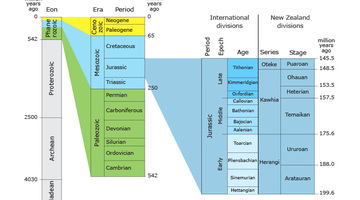
Many of us are familiar with some names for parts of Earth’s distant past. There’s the Jurassic, made famous in the movie Jurassic Park, and the Cretaceous, when dinosaurs roamed New Zealand, but ...
READ MORE

Relative dating is used to arrange geological events, and the rocks they leave behind, in a sequence. The method of reading the order is called stratigraphy (layers of rock are called strata) ...
READ MORE
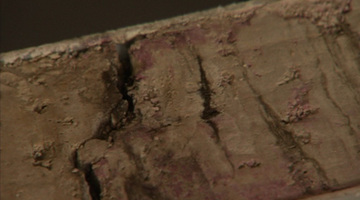
This timeline provides a look at some of the historical aspects in finding out the age of the Earth. Find about more the developments in how geologists find out the ages of rocks and fossils ...
READ MORE
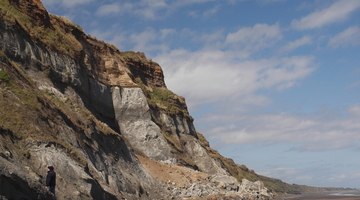
Scientists have a variety of methods to use when they try to date a rock or a rock layer. Scientists choose the method that best suits their material – they might use relative or absolute dating ...
READ MORE

In this activity, students identify the main minerals present in granite and investigate some of their properties. By the end of this activity, students should be able to: identify the rock known ...
READ MORE

In this activity, students investigate crystal shapes and crystal systems. Traditional ceramics are clay-based – clays have a mineral composition and minerals have a crystalline structure. By the ...
READ MORE
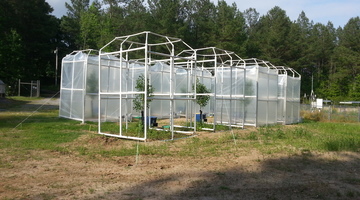
By comparing some features of fossilised plants with the same features of plants living today, scientists hope to be able to learn more about the effect of changing carbon dioxide (CO2) levels in ...
READ MORE
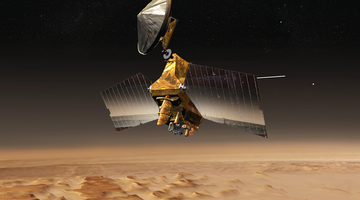
The Planet Four online citizen science project is designed to assist planetary scientists to identify and measure features on the surface of Mars that don’t exist on Earth. Help is needed to ...
READ MORE
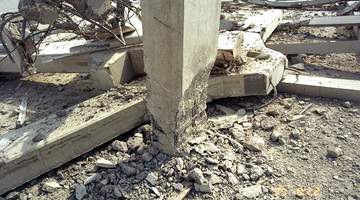
About 14,000 earthquakes are recorded in and around Aotearoa New Zealand every year. Canterbury’s 7.1 and Kaikōura's 7.8 magnitude earthquakes and subsequent aftershocks show the constant threat ...
READ MORE
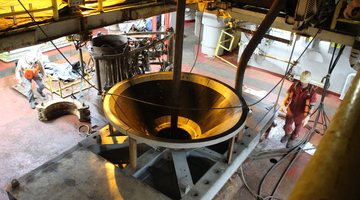
In this recorded professional learning session, Lyn Rogers and guest Aliki Weststrate from GNS Science explore some of the science involved in building our understandings of natural hazards ...
READ MORE
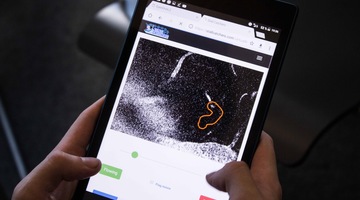
Games have long been used for developing both skills and knowledge in the education sector. As digital technologies continue to develop, the range of digital learning games also continues to ...
READ MORE
Dr James Crampton explains that all geologists need to know the age of the rocks they work with. At GNS Science, important research continues to make the New Zealand geological timescale more ...
READ MORE
Dr Fiona Petchey from the Waikato Radiocarbon Dating Unit based at the University of Waikato, explains what an isotope is. She then focuses on the isotopes of carbon and explains how the ...
READ MORE
Dr Marcus Vandergoes, a paleoecologist at GNS Science, explains how cores from Ōkārito Pākihi and other Westland peat bogs provide evidence for climate and environmental change over the last ...
READ MORE
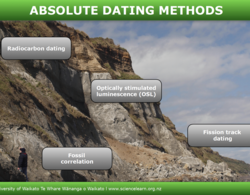
Absolute dating methods give rocks an actual date or date range in numbers of years. This interactive explores four different methods used in absolute dating.
READ MORE

Test your knowledge of absolute dating methods for the layers of rock in a cliff.
READ MORE
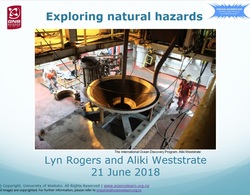
This is the slideshow that supports the Exploring natural hazards PLD webinar. Use the Slideshow menu for further options, including view full screen, and go here for the download option.
READ MORE